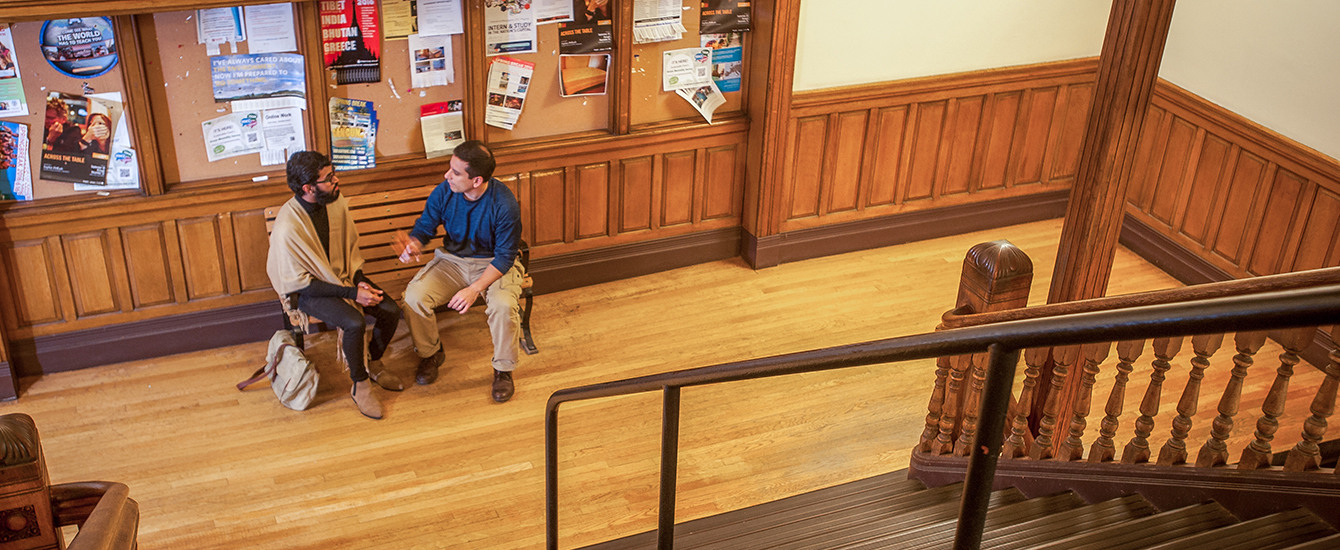Psychology
The Geography of Military Occupation and Its Effect on Palestinian Community Cohesion, Norms, and Resistance Motivation
Document Type
Article
Abstract
In the context of military occupation, surveillance is a commonly used tactic to decrease resistance, effectively undermining an oppressed group’s sense of solidarity and cohesion. Our study examines how community cohesion—ties to local community—shapes the willingness to engage in nonviolent, civil resistance in the Occupied Palestinian Territories (OPT). We examine the psychological processes underpinning the link between community cohesion and civil resistance, and how these processes are affected by the geography of military occupation—the spatial system of Israeli settlements and surveillance infrastructure (checkpoints, the separation barrier, military installations). We address these questions by combining a representative survey of the adult population (N = 1,000) from 49 communities across the West Bank and Jerusalem with geo-coded data of settlements and the surveillance infrastructure. Our findings show that community cohesion predicts increased willingness to resist directly, and indirectly via perceived community norms of solidarity. Additionally, living in communities closer to settlements or the surveillance infrastructure predicts decreased community cohesion, lower expectations of solidarity with resistance, and less willingness to engage in resistance. Our findings contribute to the literature by demonstrating the role of community cohesion and norms in motivating resistance and depicting how these psychological processes are undermined by the structural conditions of control exercised by military occupation. © 2023 American Psychological Association
Publication Title
Peace and Conflict
Publication Date
2023
ISSN
1078-1919
DOI
10.1037/pac0000684
Keywords
collective action, community cohesion, repression, resistance, social norms
Repository Citation
Penić, Sandra; Vollhardt, Johanna; Donnay, Karsten; Albzour, Mai; and Bhavnani, Ravi, "The Geography of Military Occupation and Its Effect on Palestinian Community Cohesion, Norms, and Resistance Motivation" (2023). Psychology. 260.
https://commons.clarku.edu/faculty_psychology/260



